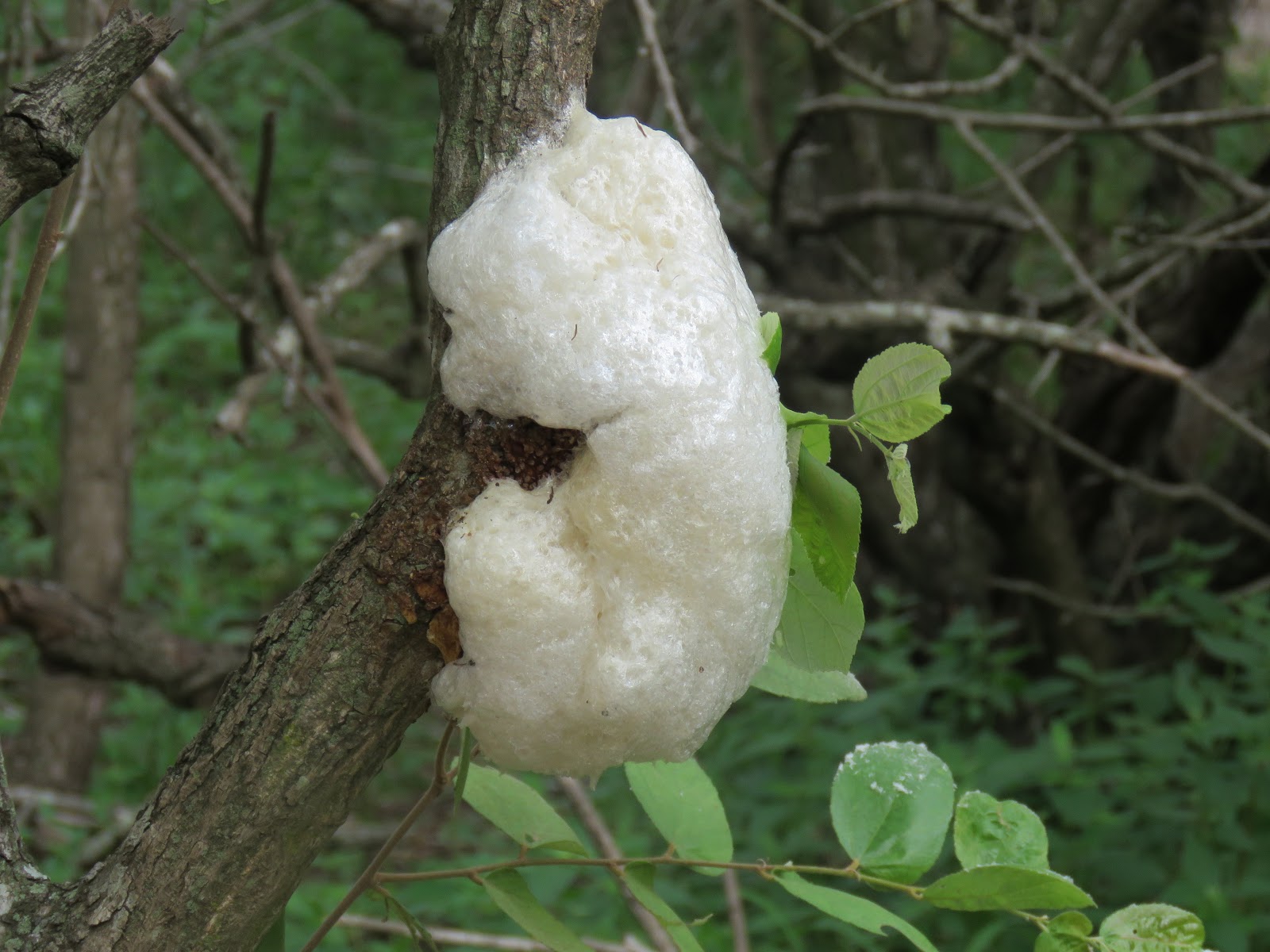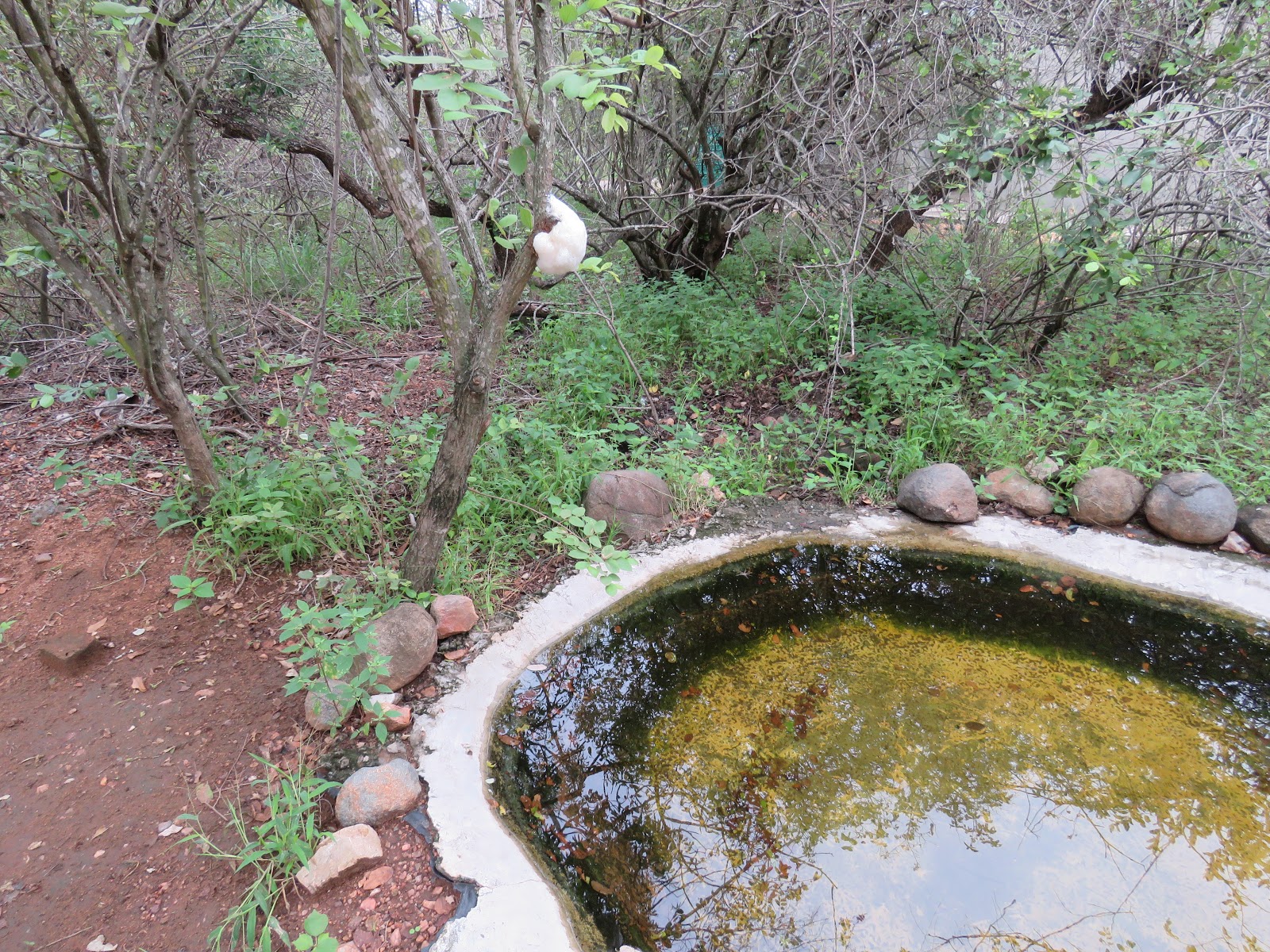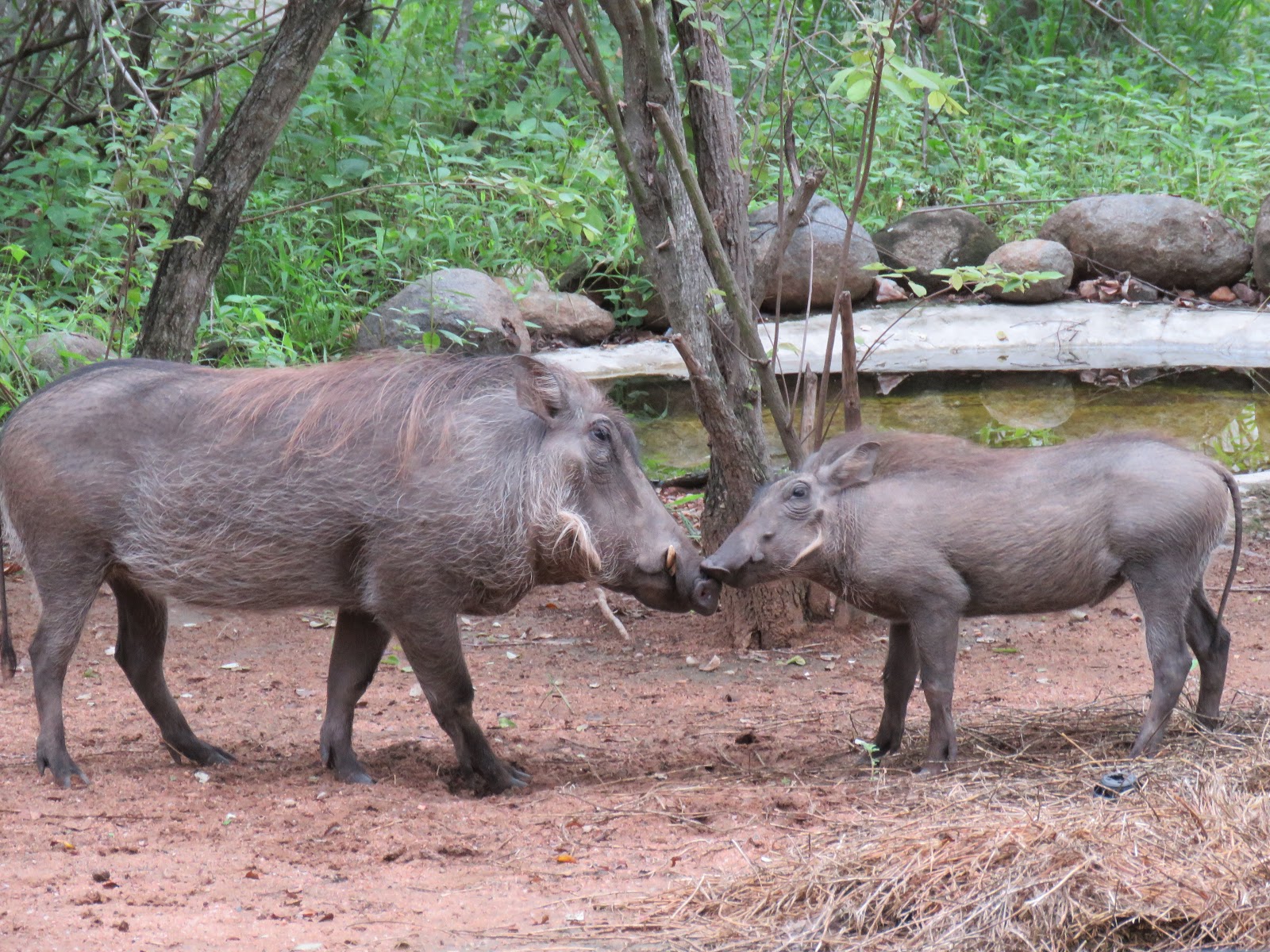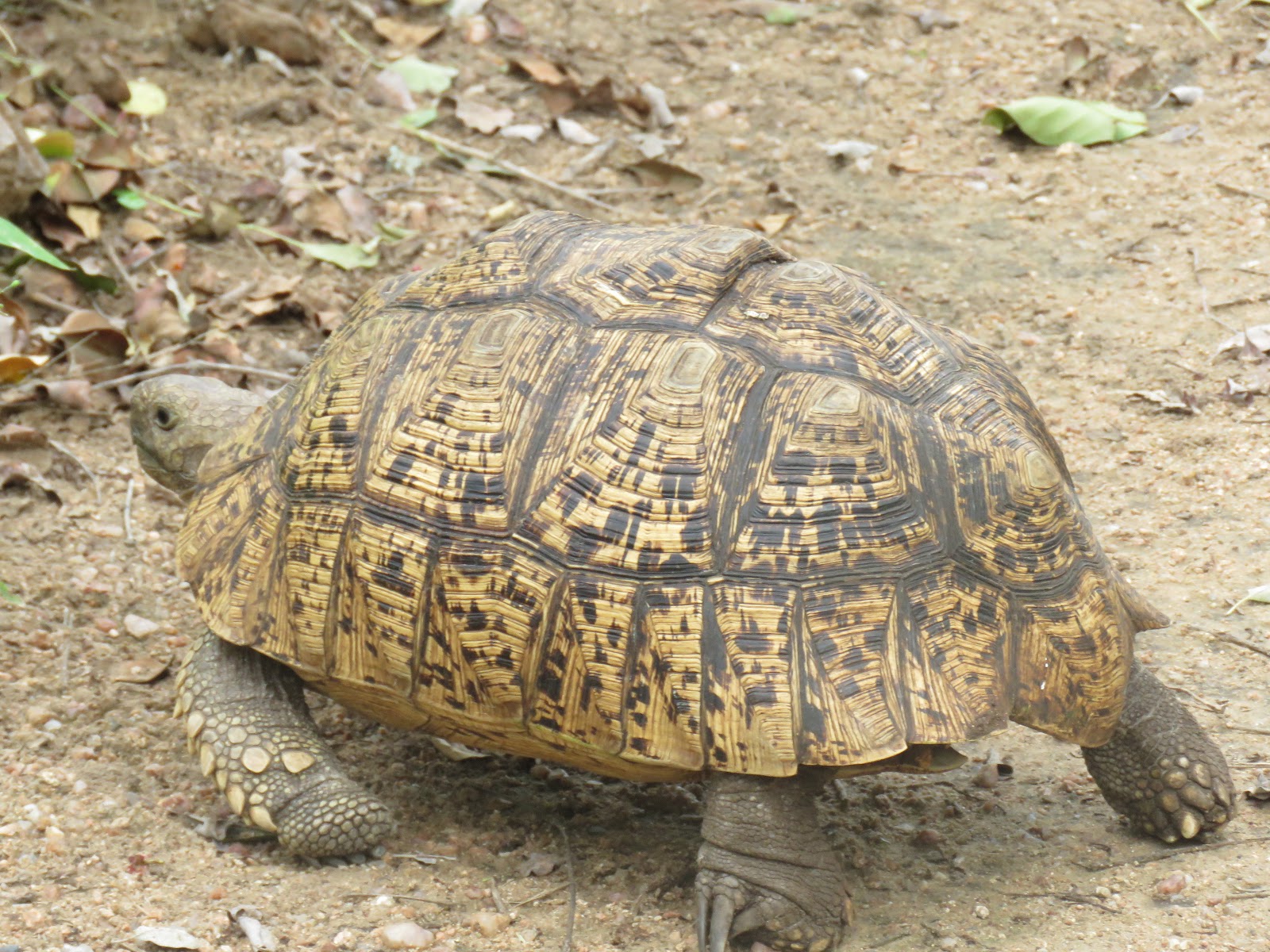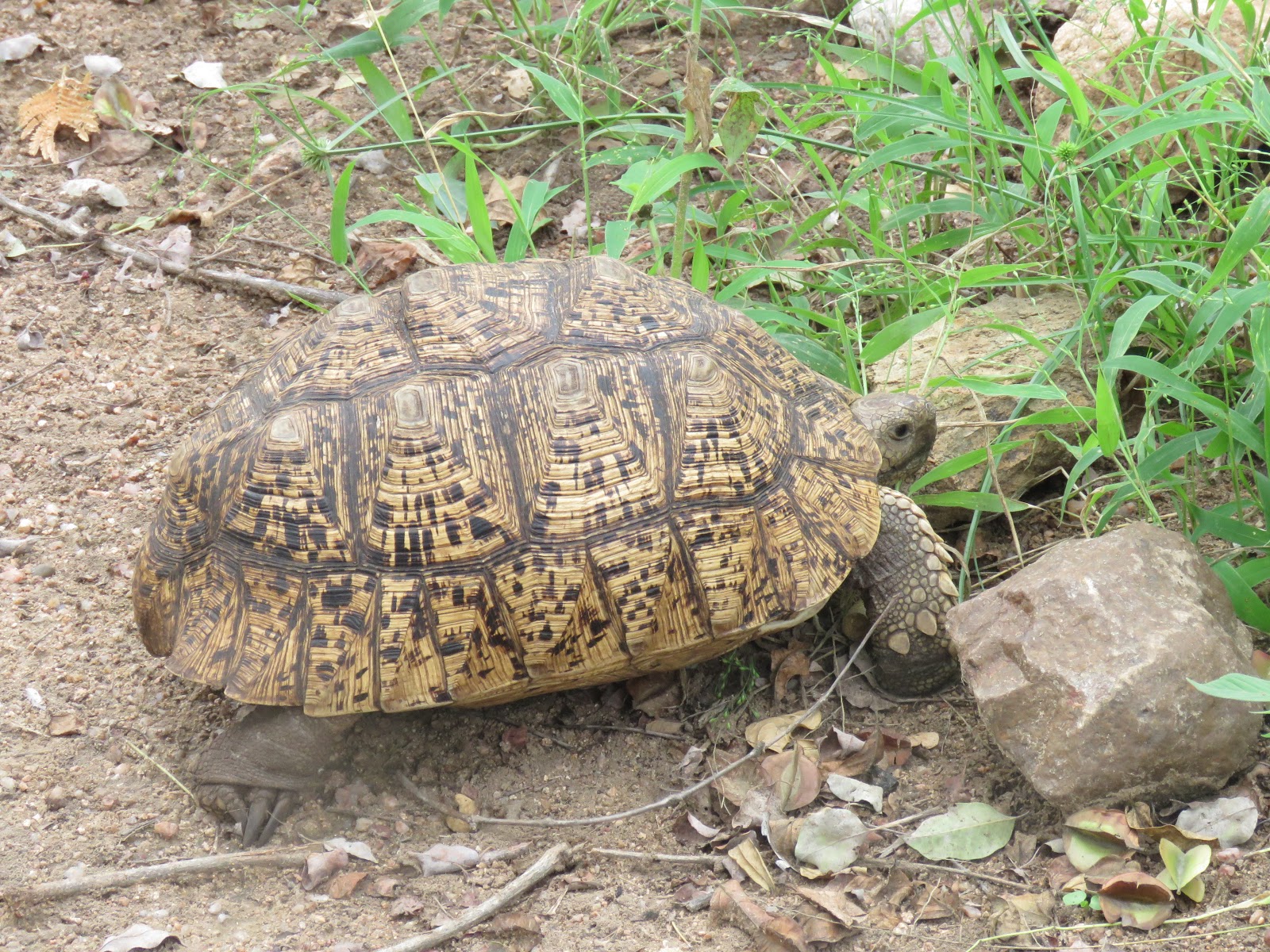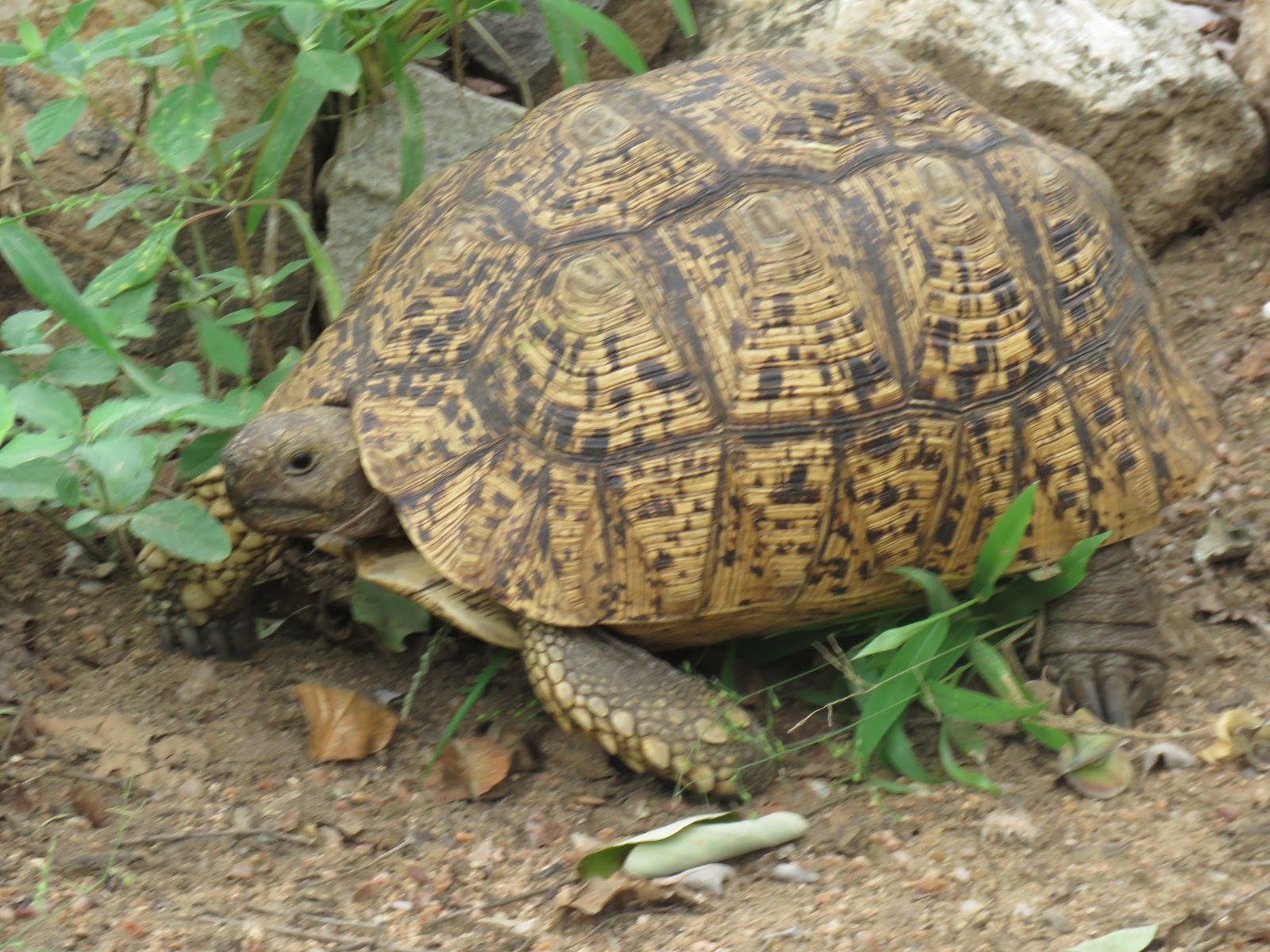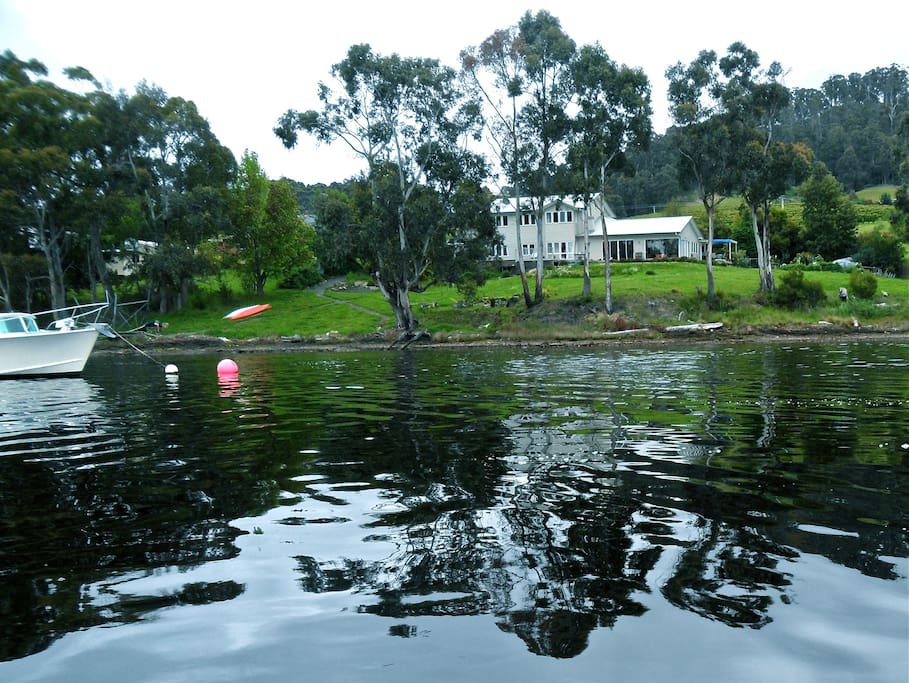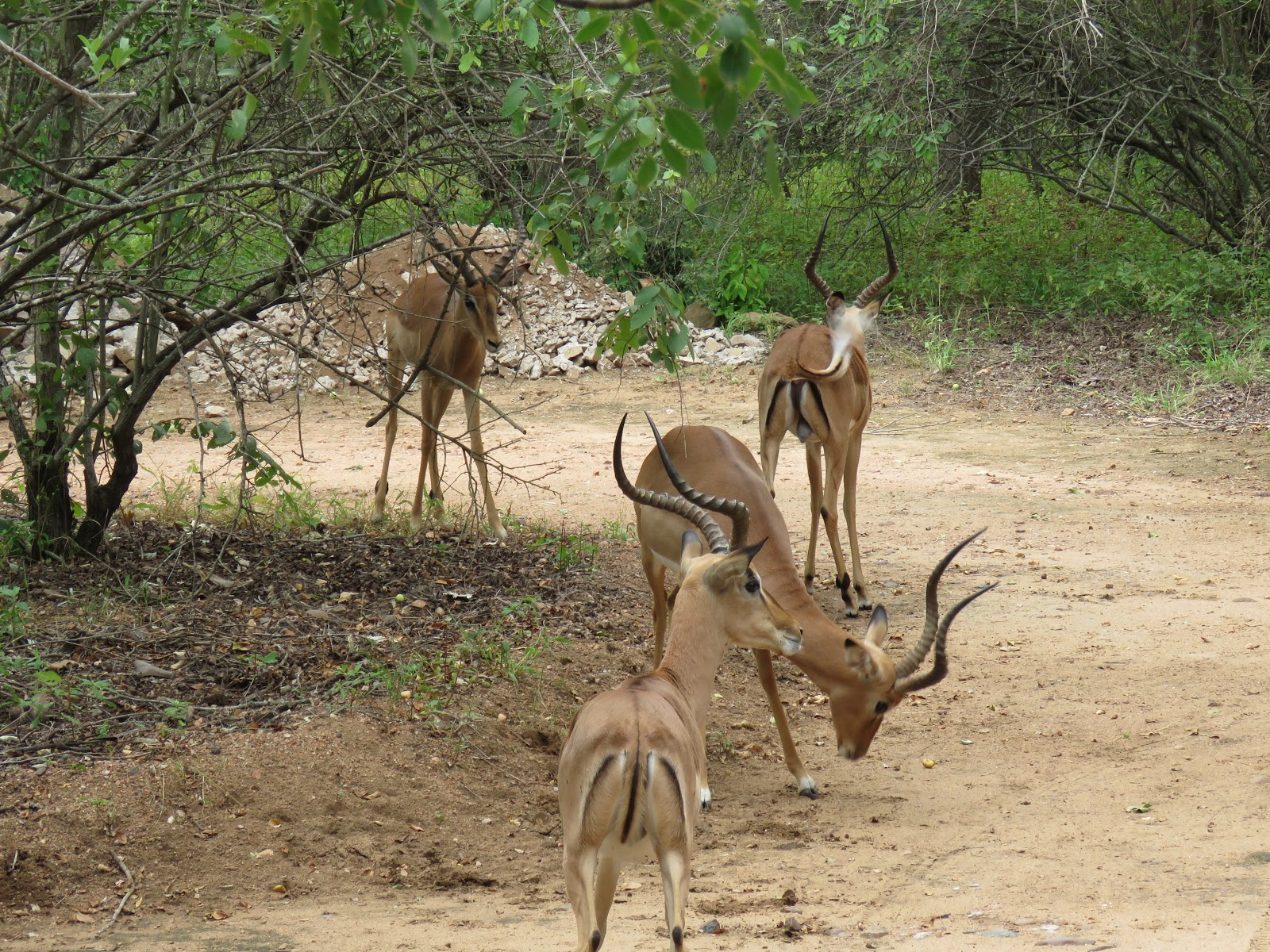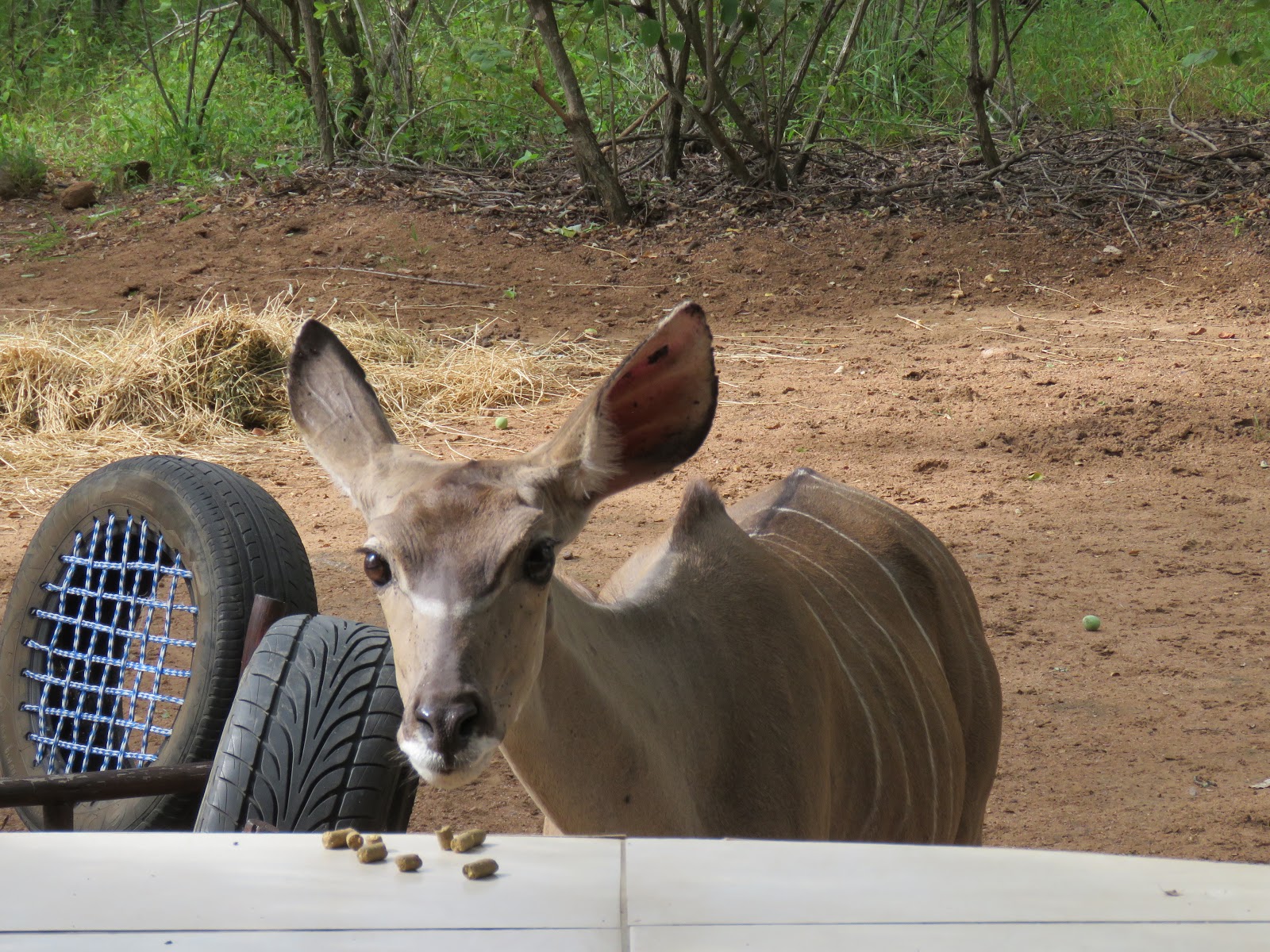 |
|
When we first saw this dark mass from afar, sleeping under a tree, we weren’t quite sure what it was. As we drove closer, we realized it was a rhino.
|
 |
| Oxpeckers can dig into the flesh of animals to extract parasites, ticks, and other insects that may burrow under their skin, as is the case of this kudu. We spotted this scenario in our yard. Sadly once the insect is extracted, the oxpecker may continue to peck at the injured site, making matters worse. |
As mentioned in yesterday’s bushbaby post (click here to see it if you missed it), when the Wi-Fi went down in the area and unable to complete the post at that time, we decided to drive to Kruger National Park’s Crocodile Gate entrance.
Kruger is huge, as indicated here: “The largest game reserve in South Africa, the Kruger National Park is larger than Israel. Nearly 2 million hectares of land that stretch for 352 kilometers, 218 miles (20,000 square kilometers, 77 square miles) from north to south along the Mozambique border, is given over to an almost indescribable wildlife experience.”
 |
| We’d seen rhino while on safari in the past, but never lying down like this. Our hearts were racing with excitement. Notice the two cattle egrets sitting atop the rhino. |
As mentioned, many have stated it’s necessary to enter the park early in the morning to see much wildlife since many species seek shelter during the day’s heat. That makes a lot of sense.
This may generally be true, but on several occasions during our last self-drives in Kruger, we’d seen plenty of wildlife midday. Also, with the Wi-Fi out in Marloth Park, at least we could go to the entrance gate at the Crocodile River and sign up on-site for a one-year pass to the park, referred to as a Wild Card.
 |
| We were hopeful they would stand up. |
There is a daily fee of ZAR 318 (US $27.02 per adult per day) for foreigners to enter Kruger National Park. At a combined cost for both of us at ZAR 636 (US $54.04), it would take only six day’s entrance fees to make purchasing the ZAR 3800 (US $322.92) a sensible situation.
 |
| We spotted another big animal at a short distance and drove a little further down the dirt road, hoping she’d be standing when we returned. Alas, safari luck kicked in and she was on her feet when we returned only five minutes later. |
Undoubtedly, during our combined full year in South Africa, we’ll be in and out of the park more than six times, mainly based on yesterday’s incredible experience (not to be expected on each occasion). Also, the pass allows access to dozens of other parks in South Africa, some of which we may visit down the road.
We’d attempted to purchase the Wild Card online, but the website was very confusing. Usually, with patience and perseverance, I can figure out such a site, but it was nearly impossible in this case.
 |
| This view was slightly obstructed by the brush, but we maneuvered the car for better views. |
Instead, Louise explained we could buy the Wild Card at the gate which took about 20 minutes, including waiting time for our turn. Of course, it’s required to have passports on hand. Credit cards are accepted for payment.
 |
| Nearby at another tree, we spotted a rhino mom and her baby, born this season and still closely attached to the mother. |
Once the Wild Card’s “temporary” pass is issued, it’s required to complete the application online to have the permanent card mailed to the purchaser. Louise gave us her address since mail isn’t delivered to this holiday home.
Based on what we’ve read online, the permanent card could take a few months to arrive. In the interim, we can use the temporary pass to enter at any time we so desire.
 |
| As often is the case, there’s a nearby warthog longing to be in the photo. Upon closer inspection, it appears two warthogs were standing next to the rhino. |
For those who may be attempting to complete the purchase of the Wild Card online (can’t be done in person), be aware that finding the page to enter the mailing address is tricky to find. Here’s the link to complete the purchase of the Wild Card.
With our temporary card on hand, we could enter the gate and proceed on our way. But first, we needed to buy a map at the rest stop/souvenir shop near the Crocodile Bridge entrance where there’s a petrol station, restrooms (no restrooms available further in the park) and a few campsites.
 |
| Rhino’s mom and baby lay back down in the shade. |
We entered the souvenir shop and purchased a recent version of a comprehensive map booklet at the cost of ZAR 120 (US $10.23). While I bought the map, Tom borrowed a squeegee from the petrol station and washed the little car’s dirty windows. Next time, we’ll do this before we leave for the park.
Our expectations for the day were relatively low when we didn’t get on our way until 10:15 am, late for any significant sightings. We figured we’d spend a few hours driving on the paved roads, and if we didn’t see much after an hour or so, we’d turn around and plan to arrive another day, earlier in the morning.
|
|
|
| Again, we waited patiently, and mom stood while the baby sat up on their hind end, nose touching mom. |
With 150 mammals species and 500 birds in the park, indeed, we’d find a few photos ops to begin sharing with all of our readers. Little did we know, we’d have such a spectacular day that now we’re convinced we can visit Kruger at any time of the day as the mood strikes us and, when possible, go early in the morning.
 |
| Young rhinos typically stay with their mom until they’re three years old, after which they venture off on their own. |
As we began the over two-hour self-drive in the park, we were stunned by how much we spotted. We needed to get back before too late to do the day’s post, and by 1:30 pm, we were back at the house on quite a high from our experience and subsequent photos.
By dinner time, I’d uploaded yesterday’s post. After dinner, we reviewed our photos on the flat-screen TV using our new HDMI cord. It was quite a treat to see the images we’d excitedly taken during the relatively short period. Now, we’re anxious to return and may do so once a week in the future.
 |
| Back down, they went to finish their nap in the shade. Mom realized we weren’t a threat and relaxed with her beloved offspring. |
Tomorrow, we’ll share more photos from our adventure, naming it _ _ _ _ _ _ _ _ day. Can you guess what that may be?
Happy day to all!
Photo from one year ago today, February 28, 2017:
 |
| This is one of our favorite photos in Tasmania, taken through the glass of the living room window as the sun began to set. Please click here for more photos and final expenses for our six-week stay in the Huon Valley, Tasmania?. |




















